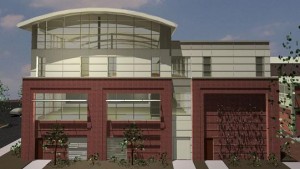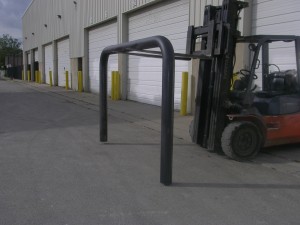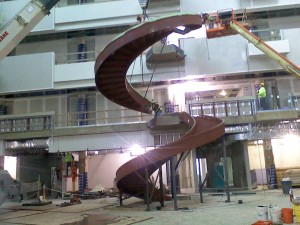Curved steel has literally countless applications. Curved structural steel, curved steel plate and curved steel sheet—all bent by companies that specialize in curving steel sections—typically end up as parts within a larger structure, e.g. a building, or a canopy.
Perhaps you might be interested in knowing whether the market you are in uses a significant amount of curved steel. And if it does, it might make sense for you to investigate how curved steel is used and how it might add value to your products and services.
The Divisions of Construction constitute a succinct method of accounting for the work of certain construction contractors under the tasks they are obligated to perform. There are sixteen (16) divisions:
Division 01 — General Requirements
Division 02 — Site Construction
Division 03 — Concrete
Division 04 — Masonry
Division 05 — Metals
Division 06 — Wood and Plastics
Division 07 — Thermal and Moisture Protection
Division 08 — Doors and Windows
Division 09 — Finishes
Division 10 — Specialties
Division 11 — Equipment
Division 12 — Furnishings
Division 13 — Special Construction
Division 14 — Conveying Systems
Division 15 — Mechanical
Division 16 — Electrical
Within Division 5, Metals, the following subdivisions often require curved steel:
05100 Structural Metal Framing
05500 Metal Fabrications
05700 Ornamental Metal
Examples of curved steel in Structural Metal Framing include curved roof supports, bow-string trusses, and curved curtain walls. Metal Fabrications would include curved pipe bollards. And Ornamental Metal would include curved balconies, lintels, hand rail, and circular stairs.



For more information on the Divisions of Construction, click here.







